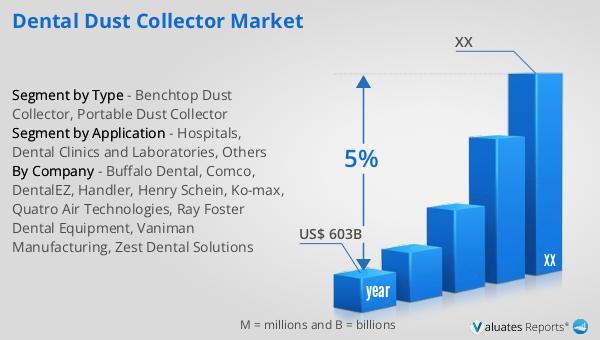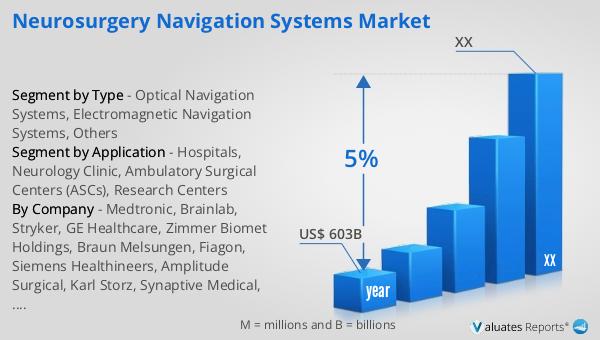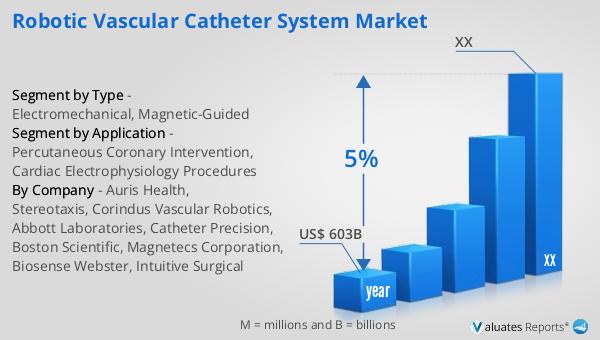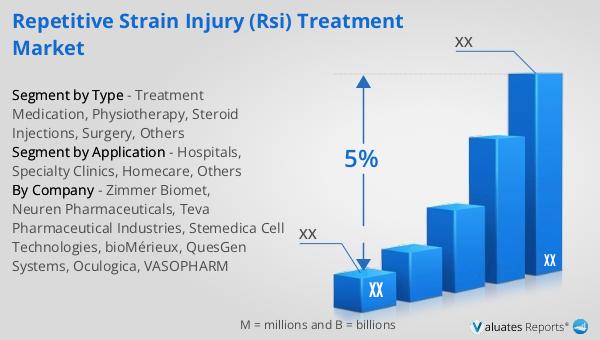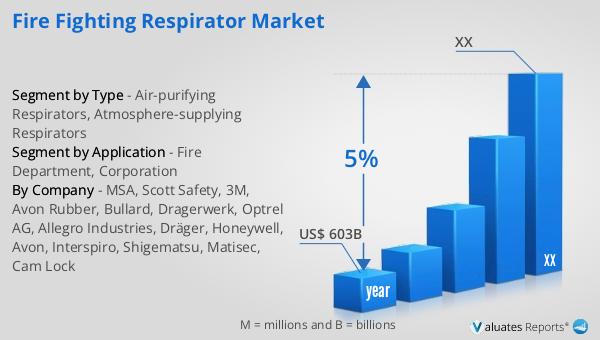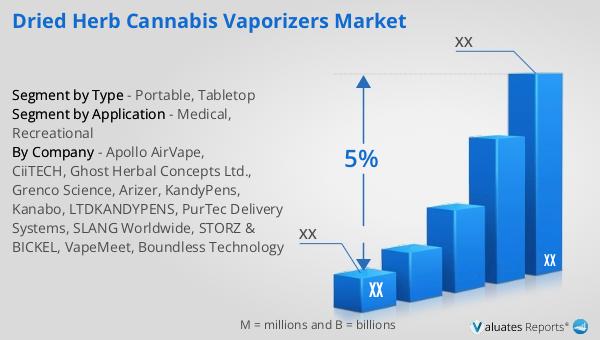What is Global Stone Management Devices Market?
The Global Stone Management Devices Market refers to the industry focused on the development, production, and distribution of medical devices designed to manage and treat kidney stones and other urinary tract stones. These devices are essential in diagnosing, treating, and preventing the recurrence of stones, which can cause significant pain and health complications. The market encompasses a wide range of products, including lithotripters, stone removal devices, ureteral stents, and retrieval devices, among others. These devices are used in various healthcare settings such as hospitals, clinics, and specialized kidney care centers. The increasing prevalence of kidney stones, advancements in medical technology, and growing awareness about minimally invasive procedures are driving the growth of this market. Additionally, the rising geriatric population, which is more prone to kidney stones, further fuels the demand for effective stone management solutions. The market is characterized by continuous innovation and the introduction of new products that offer improved efficacy, safety, and patient comfort.
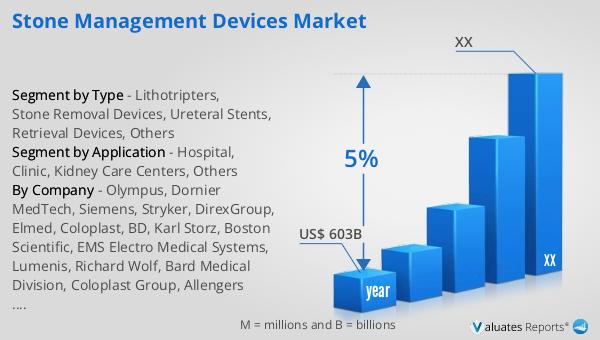
Lithotripters, Stone Removal Devices, Ureteral Stents, Retrieval Devices, Others in the Global Stone Management Devices Market:
Lithotripters are a crucial component of the Global Stone Management Devices Market. These devices use shock waves to break down kidney stones into smaller fragments that can be easily passed through the urinary tract. There are different types of lithotripters, including extracorporeal shock wave lithotripters (ESWL), which are non-invasive and use external shock waves, and intracorporeal lithotripters, which are used internally during endoscopic procedures. Stone removal devices, on the other hand, are designed to physically extract stones from the urinary tract. These include tools like forceps, baskets, and graspers that are used during surgical procedures to remove stones. Ureteral stents are another important category of stone management devices. These are thin, flexible tubes inserted into the ureter to ensure that urine can flow from the kidney to the bladder, even if a stone is blocking the passage. Stents are often used after stone removal procedures to prevent complications and ensure proper healing. Retrieval devices are specialized tools used to capture and remove stone fragments during or after lithotripsy procedures. These devices are designed to minimize trauma to the urinary tract and ensure complete removal of stone debris. Other devices in the market include diagnostic tools like ultrasound and CT scanners, which help in the accurate detection and localization of stones, as well as laser systems used for precise stone fragmentation. The continuous advancements in these devices, such as the development of more powerful and precise lithotripters, more flexible and durable stents, and more efficient retrieval tools, are enhancing the effectiveness of stone management procedures. These innovations are aimed at reducing procedure times, minimizing patient discomfort, and improving overall outcomes. The integration of advanced imaging technologies with stone management devices is also playing a significant role in improving the accuracy and success rates of these procedures. As the demand for minimally invasive treatments continues to rise, the Global Stone Management Devices Market is expected to witness significant growth, driven by the need for effective, safe, and patient-friendly solutions for managing kidney stones and other urinary tract stones.
Hospital, Clinic, Kidney Care Centers, Others in the Global Stone Management Devices Market:
The usage of Global Stone Management Devices Market spans across various healthcare settings, including hospitals, clinics, kidney care centers, and other specialized medical facilities. In hospitals, these devices are extensively used in urology departments and surgical units for the diagnosis, treatment, and management of kidney stones. Hospitals often have access to advanced lithotripters, endoscopic equipment, and imaging technologies, enabling them to offer comprehensive stone management services. The availability of multidisciplinary teams, including urologists, radiologists, and surgeons, ensures that patients receive holistic care. Clinics, particularly urology clinics, also play a significant role in the stone management market. These clinics provide outpatient services, including diagnostic evaluations, consultations, and minimally invasive procedures. Clinics often cater to patients who require follow-up care after initial treatment in hospitals or those seeking second opinions. Kidney care centers are specialized facilities focused on the prevention, diagnosis, and treatment of kidney-related conditions, including kidney stones. These centers are equipped with state-of-the-art stone management devices and staffed by nephrologists and urologists who specialize in kidney health. They offer a range of services, from dietary counseling and lifestyle modifications to advanced surgical interventions. Other healthcare settings, such as ambulatory surgical centers and specialized stone treatment centers, also contribute to the usage of stone management devices. These facilities provide focused care for patients with kidney stones, offering both surgical and non-surgical treatment options. The integration of advanced technologies, such as laser lithotripsy and robotic-assisted surgery, in these settings is enhancing the precision and effectiveness of stone management procedures. The growing awareness about the importance of early diagnosis and treatment of kidney stones is driving the demand for stone management devices across these healthcare settings. Additionally, the increasing prevalence of kidney stones, coupled with the rising adoption of minimally invasive procedures, is further boosting the usage of these devices. As healthcare providers continue to invest in advanced stone management technologies, patients can expect improved outcomes, reduced recovery times, and enhanced overall care.
Global Stone Management Devices Market Outlook:
According to our research, the global market for medical devices is projected to reach approximately US$ 603 billion by the year 2023, with an anticipated growth rate of 5% CAGR over the next six years. This growth is driven by several factors, including technological advancements, increasing healthcare expenditure, and the rising prevalence of chronic diseases. The medical devices market encompasses a wide range of products, from diagnostic imaging equipment and surgical instruments to wearable health monitors and implantable devices. The continuous innovation in medical technology is leading to the development of more efficient, accurate, and patient-friendly devices, which are in high demand across various healthcare settings. Additionally, the growing aging population, which is more susceptible to chronic conditions, is further fueling the demand for advanced medical devices. The increasing focus on personalized medicine and the integration of digital technologies, such as artificial intelligence and the Internet of Things (IoT), are also contributing to the market's growth. These advancements are enabling more precise diagnostics, targeted treatments, and improved patient outcomes. As healthcare systems worldwide continue to evolve and adapt to new challenges, the demand for innovative medical devices is expected to remain strong, driving the market's growth in the coming years.
| Report Metric | Details |
| Report Name | Stone Management Devices Market |
| Accounted market size in year | US$ 603 billion |
| CAGR | 5% |
| Base Year | year |
| Segment by Type |
|
| Segment by Application |
|
| Consumption by Region |
|
| By Company | Olympus, Dornier MedTech, Siemens, Stryker, DirexGroup, Elmed, Coloplast, BD, Karl Storz, Boston Scientific, EMS Electro Medical Systems, Lumenis, Richard Wolf, Bard Medical Division, Coloplast Group, Allengers Medical Systems, Cook Medical, Electro Medical Systems |
| Forecast units | USD million in value |
| Report coverage | Revenue and volume forecast, company share, competitive landscape, growth factors and trends |
